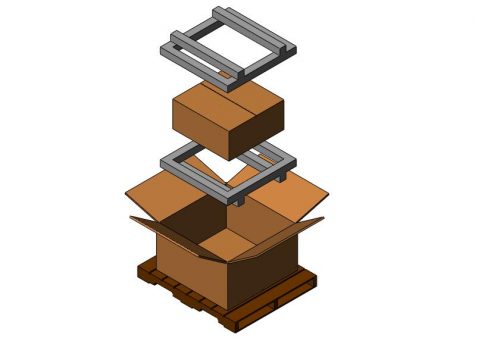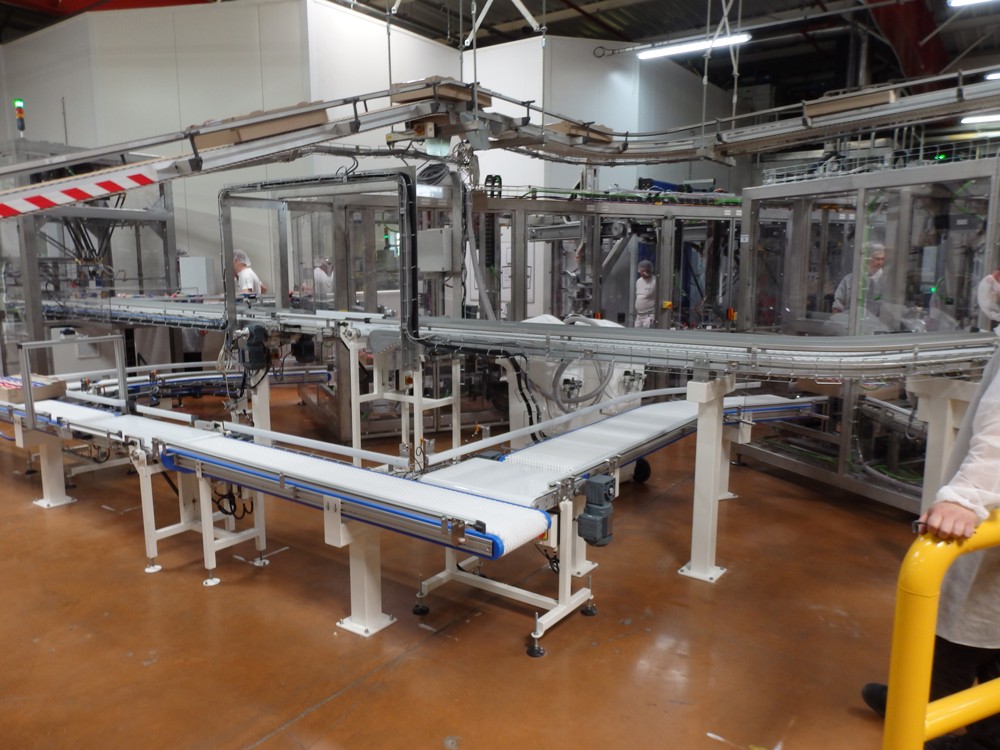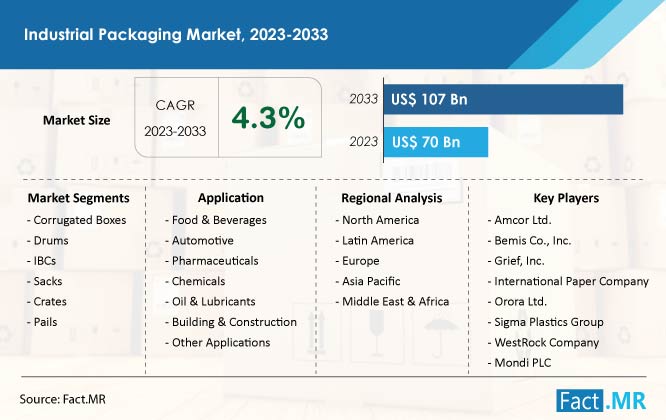Processing Company Prowess: Unlocking Effectiveness in Production
Processing Company Prowess: Unlocking Effectiveness in Production
Blog Article
Effective Industrial Recycling Solutions for Sustainable Product Packaging: A Comprehensive Guide
In today's progressively environmentally-conscious globe, the demand for lasting packaging options has never ever been higher. To fulfill this demand, organizations across sectors are actively seeking efficient commercial recycling services. Navigating the complex landscape of sustainable product packaging can be challenging without an extensive overview. That's where this thorough overview on reliable industrial recycling remedies for sustainable packaging comes in. By exploring essential locations such as product packaging product selection, designing for recyclability, carrying out reusing facilities, working together with reusing partners, and tracking and measuring recycling success, this overview will certainly outfit you with the expertise and devices needed to make educated decisions and drive positive change within your company. Whether you're a product packaging expert, sustainability manager, or simply interested in the topic, this overview will certainly supply useful understandings and methods to assist you navigate the world of lasting product packaging.
Packaging Material Choice
The option of packaging materials plays an important duty in guaranteeing the sustainability of commercial reusing solutions. When it involves sustainable packaging, the option of products is essential in reducing ecological impact and optimizing reusing performance. Picking the right materials can help reduce waste generation, conserve sources, and advertise a circular economic climate.
Materials like cardboard, paper, glass, and particular types of plastics can be recycled numerous times without losing their top quality. On the other hand, products that are challenging to recycle, such as non-recyclable compounds or combined plastics, can create challenges for the recycling procedure and might end up in land fills or incinerators.
Another factor to consider is making use of sustainable and biodegradable products. Packaging made from sustainable resources, such as plant-based plastics or biopolymers, can aid minimize dependence on nonrenewable fuel sources and reduce environment modification. In addition, naturally degradable products break down naturally with time, minimizing the accumulation of waste in garbage dumps.
Additionally, the weight and quantity of packaging materials should be lessened to reduce transport prices and energy consumption. Lightweight products not only require fewer sources throughout production yet also add to lower carbon discharges throughout transportation.
Creating for Recyclability
Packaging designers need to focus on the usage of materials that are widely approved for reusing and have established recycling infrastructures. Products such as glass, aluminum, and specific types of plastic, like Pet dog and HDPE, are frequently recycled and need to be liked over materials that are costly or tough to reuse.
Another essential factor to consider in developing for recyclability is the removal of unnecessary elements or products. By reducing the variety of layers, coverings, and added components, product packaging can be made simpler and much easier to recycle. Furthermore, designers must aim to reduce making use of mixed materials, as they can complicate the reusing process.

Implementing Recycling Framework
Effective execution of recycling framework is crucial for the success of industrial reusing remedies. Without appropriate infrastructure in place, the reusing process ends up being inefficient and inadequate, preventing the general goal of lasting packaging.
To carry out reusing infrastructure properly, a number of essential factors require to be thought about. First of all, there need to be an efficient collection system that assists in the splitting up and collection of recyclable products. This can consist of designated reusing containers in public spaces, as well as collaborations with waste administration business for curbside pickup and sorting.
As soon as gathered, the recyclable materials require to be moved to reusing facilities in a prompt manner. This calls for reliable logistics and transportation networks, ensuring that the products reach the proper facilities immediately.
At the recycling centers, advanced sorting and handling innovations should remain in place to separate various types of products successfully. This includes making use of automated sorting machines, optical scanners, and hands-on sorting techniques.
Furthermore, there should be a durable market demand for recycled products. This can be accomplished with partnerships with makers and industries that utilize recycled products in their production processes. Creating a steady market for recycled materials incentivizes the recycling sector and advertises the circular economic climate.
Working Together With Recycling Allies

One secret facet of collaborating with recycling partners is the facility of clear communication networks. It is necessary to establish open lines of industrial metal packaging interaction to facilitate the exchange of info, updates, and responses. This allows both celebrations to stay informed concerning the progression of recycling efforts and address any kind of obstacles or problems that may emerge.
Furthermore, collaboration can include collaborations in carrying out and developing reusing programs. Reusing partners can offer valuable insights and support in establishing reliable collection systems and identifying the most ideal recycling innovations. By collaborating, businesses and recycling partners can optimize the recycling process and decrease waste.
Moreover, cooperation can prolong past the functional aspects of reusing. It can also incorporate advocacy and education and learning efforts. By signing up with pressures, businesses and reusing partners can raise recognition regarding the relevance of recycling and advertise the adoption of sustainable product packaging methods amongst customers and various other stakeholders.
Monitoring and Measuring Recycling Success
To make certain the performance of commercial reusing remedies and the accomplishment of lasting packaging objectives, it is vital for companies and their reusing companions to establish a thorough system for tracking and gauging recycling success (processing company). Tracking and measuring reusing success enables organizations to evaluate the influence of their recycling initiatives, identify locations for enhancement, and established significant targets for future progression
One way to track reusing success is through the usage of information collection and evaluation devices. By gathering information on the quantity of product packaging waste created, the percent of waste that is reused, and the kinds of materials being recycled, companies can get beneficial insights into their recycling performance. This information can then be examined to determine fads, patterns, and locations of inadequacy.
An additional vital facet of monitoring and gauging reusing success is establishing clear and standardized metrics. This allows companies to compare their efficiency versus sector criteria and track their development in time. Metrics such as recycling rates, waste diversion rates, and greenhouse gas emissions visit this site can supply a measurable action of a service's recycling success.

Conclusion
In conclusion, carrying out efficient commercial recycling services for sustainable packaging calls for careful consideration of product packaging material selection, creating for recyclability, implementing reusing facilities, working together with recycling companions, and tracking and determining recycling success. By integrating these methods, organizations can add to an extra environmentally-friendly and lasting method to product packaging, decreasing waste and advertising the round economy.
By exploring vital areas such as packaging product choice, developing for recyclability, applying recycling facilities, collaborating with reusing companions, and tracking and determining recycling success, this guide will certainly furnish you with the knowledge and devices essential to make enlightened decisions and drive positive adjustment within your organization. Product packaging developers ought to focus on the use of products that are commonly approved for recycling and have developed reusing frameworks.Cooperation with recycling partners is vital for the successful implementation of industrial recycling options and the achievement of sustainable packaging goals. By joining pressures, companies and recycling companions can increase awareness about the value of recycling and advertise the fostering of sustainable product packaging methods among consumers and other stakeholders.
By collecting information on the quantity hop over to here of packaging waste created, the percentage of waste that is recycled, and the kinds of materials being recycled, companies can get useful insights into their recycling efficiency.
Report this page